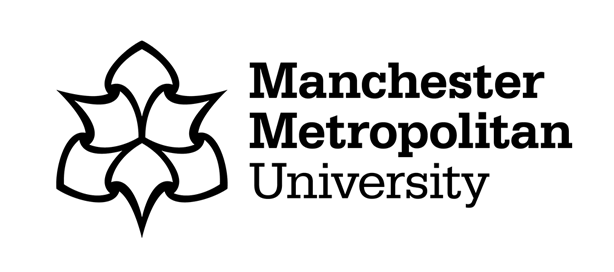
Ageing affects almost all of our body, altering its function, and potentially leads to health issues in later life. Specifically, muscle suffers a series of changes that modify its structure and function, which can reduce a person’s mobility. This means they may not be able to carry out normal daily activities, such as shopping, climbing stairs or caring for children or grandchildren, which may lead to a reduction in quality of life. Physical activity is the perfect medicine to counteract this in old age. Therefore, Master Athletes are a perfect population to study the effects of an active lifestyle during ageing and its impact on health and physical function.
Last year our research team attended the 2019 Master World Track Cycling championships, held in Manchester, to collect data from the cyclists that were participating in the event. The subject of interest was how the structure of the athletes’ muscles and how fast their muscle contracted, affected the performance during the different races. We took ultrasound images of the Vastus Lateralis, one of the muscles in our thigh. The thickness of the muscle and length and angles of their groups of muscle fibres were estimated using those images. In addition, participants performed a jump: the velocity at take-off was recorded, as an indirect measure of how fast the muscle contracts. We found that athletes’ performance was determined by their take-off velocity during the jump, and the thickness of the Vastus Lateralis determined the ability of the athletes to take off quickly during the jump. This highlights the importance of preserving the size of our muscles to maintain ideal levels of performance throughout our lives.
This finding gives us relevant information about the ways in which we see reduced muscle size and contraction speed with age, and how these impairments compromise functionality during ageing. At the end of the day, performance in advanced age can be seen as a measure of their ability to perform daily living activities. Therefore, in line with previous studies, future research in ageing and mobility or functionality should focus on the contractile properties of the muscle, especially the speed of contraction. This could help to develop new intervention strategies that enhance the functionality and quality of life of the elderly population. The work was successfully presented in the last 25th European College of Sports Medicine Congress, and soon it will be published.
Biography
I studied Sports and Exercise Science in Spain. After that I studied a Msc in Physical Education to become a Physical Education Teacher. My passion was always performance and the science behind it. Therefore, for 4 years I collated teaching and Strength and Conditioning Coaching in professional and semi-professional teams of basketball and football, in Spain and England. It was last year when I got a scholarship, funded by Walsall FC, to study a MRes in Sports Science, when I decided to be fully dedicated to research. Right after I completed the MRes in Sports Science I got a fully funded PhD at MMU, a great step in my early stage career as a researcher.
Pablo was funded through the Manchester Metropolitan Graduate School’s Research Support Award to attend the 25th European College of Sports Medicine Congress. The next deadline for Research Support Award applications is Friday 15 January 2021 at 5pm. Find out more by visiting the PGR Development Moodle area.


